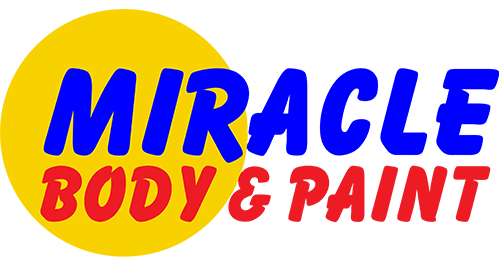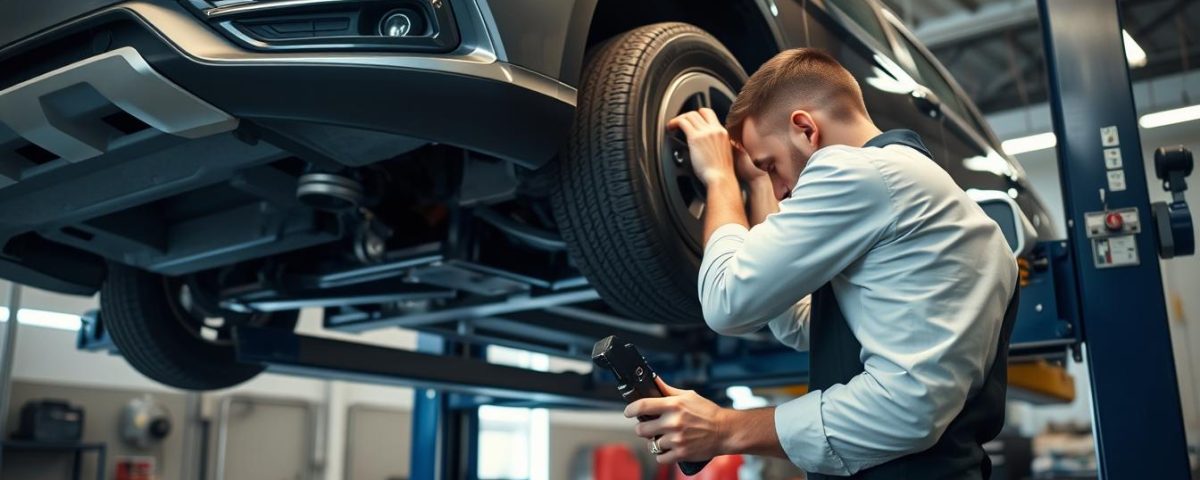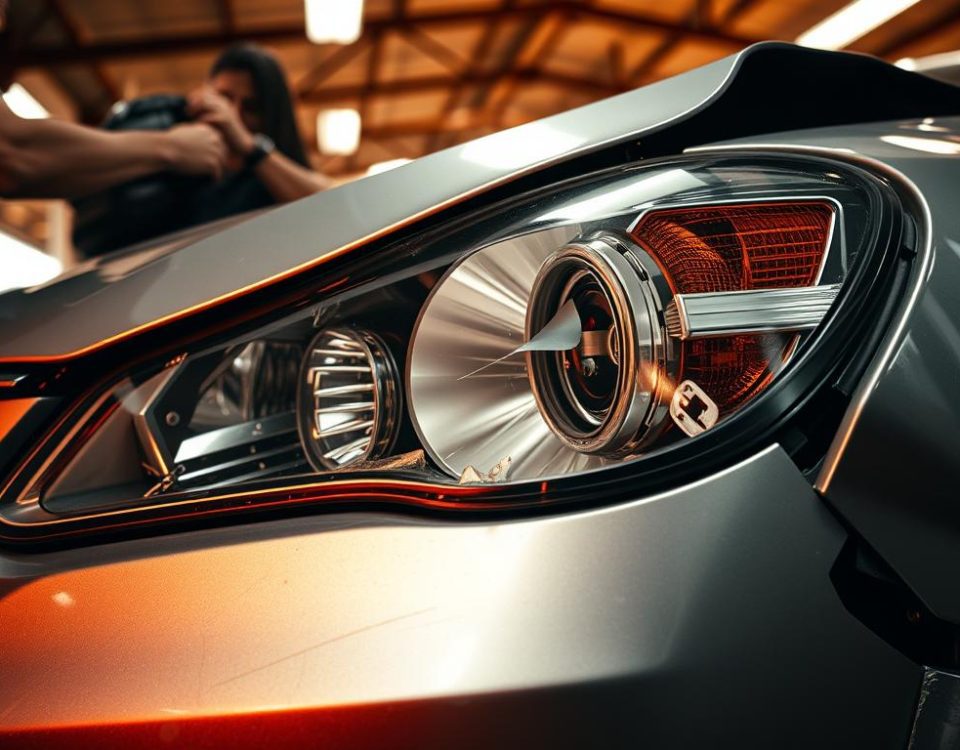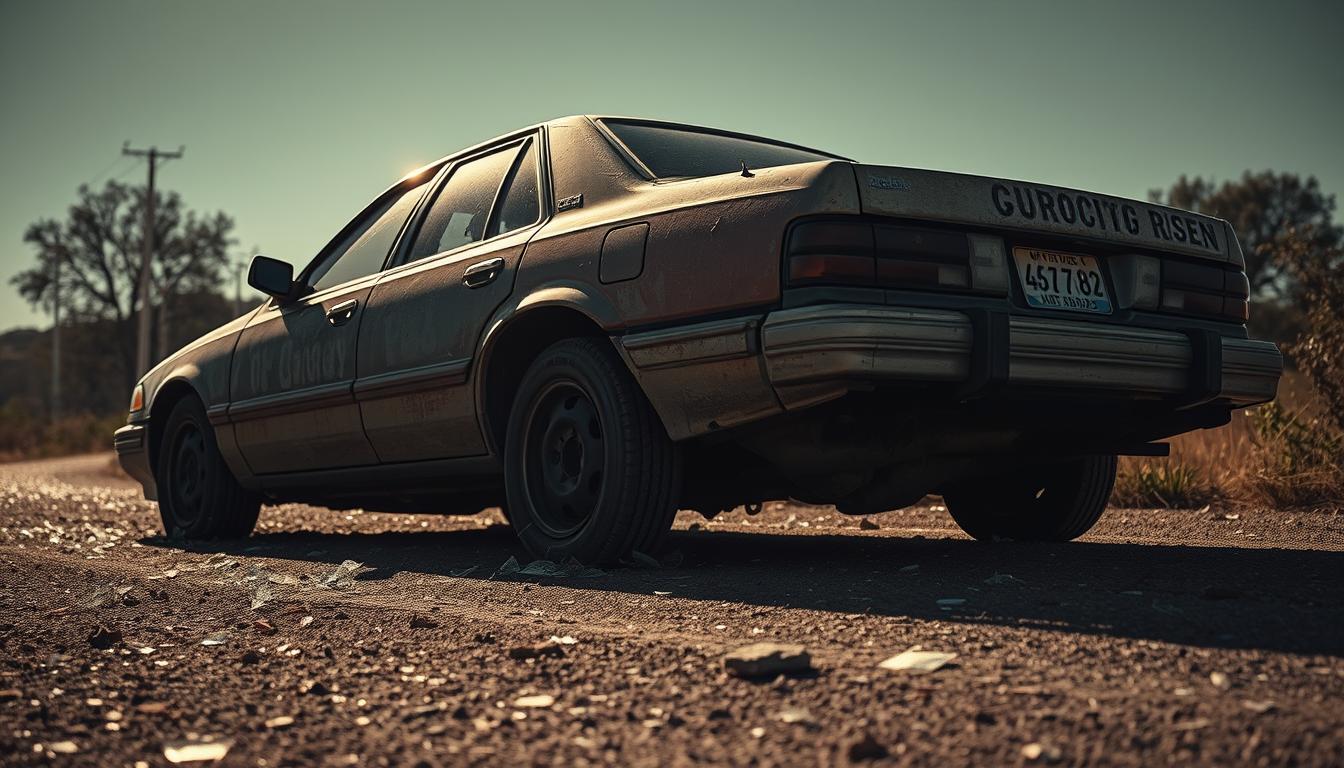
How Texas Weather Affects Your Vehicle’s Exterior
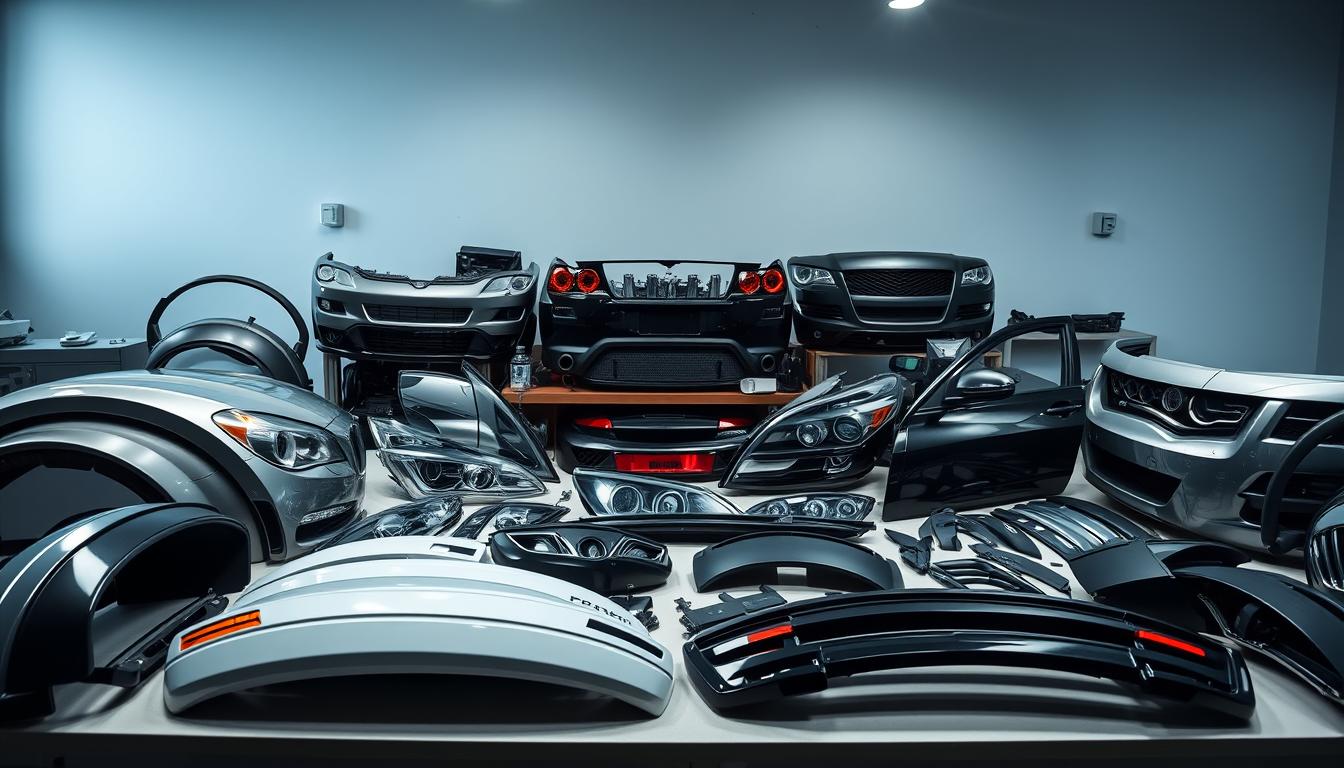
OEM vs Aftermarket Parts: What’s the Difference in Collision Repair?
Rear-end collisions, a common type of vehicle accident, often lead to hidden issues like misalignment, which affects vehicle safety and efficiency. At Miracle Body and Paint Collision Center, we emphasize the importance of checking alignment after any collision.
A collision can cause significant damage to your car, compromising its handling and increasing tire wear. If left unchecked, misalignment can lead to reduced fuel efficiency and potential safety hazards. We explore why proper alignment is critical following any accident, even those that appear minor at first glance.
Key Takeaways
- Proper alignment is crucial for vehicle safety and performance after a collision.
- Misalignment can lead to increased tire wear and reduced fuel efficiency.
- Immediate assessment is necessary to prevent cascading issues.
- Neglecting alignment issues can result in potential safety hazards.
- Professional repair services are essential for accurate diagnosis and repair.
Understanding Vehicle Alignment and Its Importance
Understanding vehicle alignment is crucial for maintaining your vehicle’s overall health and safety. Vehicle alignment involves precisely adjusting the car’s suspension, which connects the vehicle to its wheels. Proper alignment ensures that tires meet the road at the correct angle, the wheels point straight, and the wheels are centered in the wheel wells.
What Is Vehicle Alignment?
Vehicle alignment refers to the precise adjustment of suspension components that connect your vehicle to its wheels. The three key alignment angles are camber, caster, and toe. Proper alignment is essential for optimal tire contact with the road, affecting everything from handling to fuel efficiency.
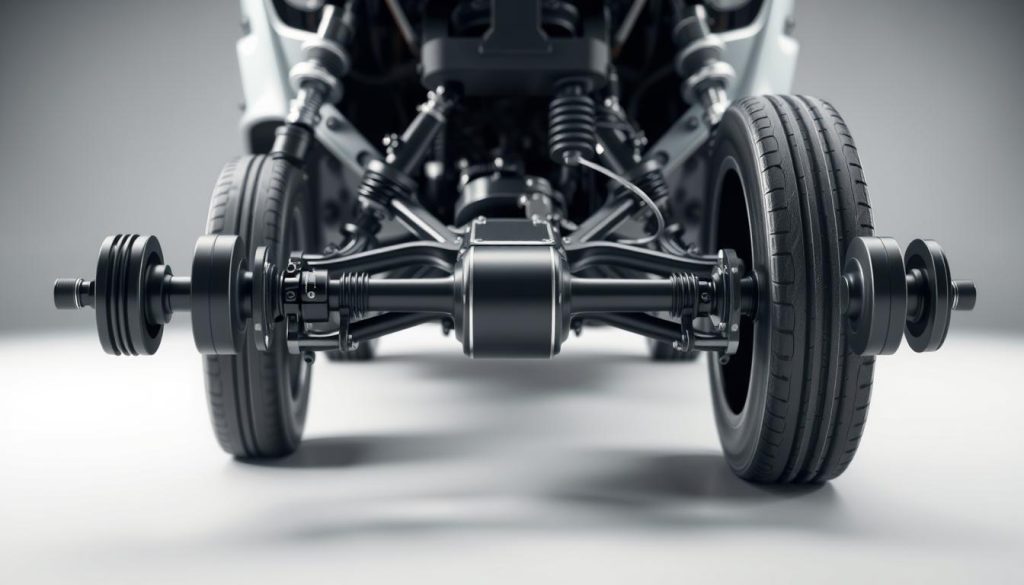
How Collisions Affect Car Alignment
Collisions can significantly impact your car’s alignment. The physics of collision impacts transfer force through the vehicle’s frame and suspension, disrupting alignment settings. Even minor collisions can cause significant alignment issues due to the precision required in modern vehicle suspension systems.
The Consequences of Neglecting Alignment Issues
Neglecting alignment issues can lead to progressive consequences, including uneven tire wear, steering problems, and increased stress on suspension components. Driving with misalignment compromises vehicle performance and safety, potentially leading to more expensive repairs over time.
By understanding the importance of vehicle alignment and its impact on your vehicle’s performance and safety, you can take proactive steps to maintain proper alignment and avoid potential issues.
Recognizing Signs of Car Alignment After Crash
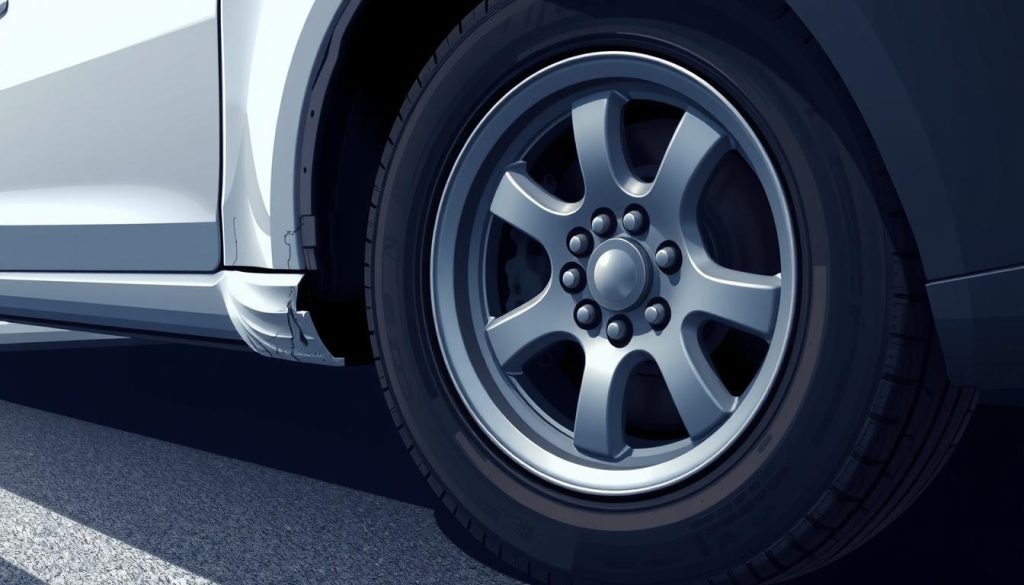
Recognizing the symptoms of car alignment problems after a crash is vital for maintaining your vehicle’s health. After a rear-end collision, several symptoms can signal alignment issues, and identifying these signs early helps prevent more extensive damage.
Uneven Tire Wear Patterns
One of the most straightforward indicators of alignment issues is uneven tire wear. If one side of your tire wears down faster than the other, it’s often a sign that the alignment is off. Inspecting your tires for telltale wear patterns such as feathering, camber wear, or heel/toe wear can help you identify alignment problems early.
Vehicle Pulling to One Side
Another common symptom is the vehicle pulling to one side or the other. This pulling sensation indicates that your car’s alignment is not balanced, causing it to drift in a particular direction when you’re aiming to drive straight. Differentiating between alignment-related pulling and other issues like tire pressure imbalances or brake problems is crucial.
Off-Center Steering Wheel and Other Visual Indicators
If your steering wheel is off-center during straight driving or if it vibrates, there might be an alignment problem. Additional visual indicators include uneven wheel positioning in wheel wells, unusual tire angles when viewed from front or rear, and irregular steering behavior. Checking if your steering wheel is centered when driving straight is a common indicator of alignment problems after a collision.
Addressing these symptoms promptly after any collision, regardless of severity, is crucial to prevent cascading damage to your vehicle. By recognizing the signs of car alignment issues early, you can ensure your vehicle’s safety and performance.
Professional Assessment of Alignment Damage
A collision can significantly impact a vehicle’s alignment, making a professional assessment indispensable. The complexities of vehicle alignment necessitate a thorough diagnosis to accurately assess and address any damage.
Limitations of DIY Checks
While DIY checks might seem like a convenient option, they often fall short in detecting subtle alignment issues that can lead to more significant problems down the line. Professional technicians use precision equipment to measure camber, caster, and toe angles accurately, ensuring adjustments are made according to manufacturer specifications.
Comprehensive Professional Alignment Checks
A professional alignment check is not just about adjusting the wheel alignment; it’s a comprehensive process that includes evaluating frame integrity, suspension component damage, and steering system function. Technicians check rear camber, rear toe, front caster, camber, and toe, as well as the thrust angle, steering axis inclination, and included angle to ensure all wheels work together properly.
- Advanced diagnostic tools and alignment machines provide accurate readings.
- Trained technicians identify subtle signs of problems not obvious from a basic inspection.
- Checks include thrust angle measurement and four-wheel alignment procedures.
Advanced Diagnostic Tools and Techniques
Professional shops utilize advanced computerized alignment systems and laser measurement tools to achieve precise alignment adjustments. These tools enable technicians to make adjustments that are both accurate and in line with manufacturer specifications, ensuring the vehicle’s safety and performance.
By opting for a professional alignment check, vehicle owners can ensure that their vehicle is properly assessed and repaired, safeguarding against potential issues that could arise from neglected alignment damage.
Expert Tips for Correcting Alignment Issues

Correcting alignment issues after a collision requires careful consideration and the right expertise. When your vehicle is involved in a crash, the impact can cause significant damage to its alignment, leading to uneven tire wear, reduced handling performance, and compromised safety.
Choosing the Right Service Provider
Selecting a trusted mechanic or body shop is crucial for handling post-collision repairs effectively. Ensure the technicians are certified by reputable automotive organizations, which guarantees a standard level of expertise. Prioritize shops that specialize in or have extensive experience with collision repairs.
Understanding Repair Techniques
Professional alignment incorporates several key techniques to ensure your vehicle functions optimally. The standard procedure, known as wheel alignment, adjusts the angles of your wheels to make sure they are perpendicular to the ground and parallel to each other, optimizing tire performance and lifespan.
Post-Repair Testing and Verification
After the repair, it’s essential to verify that the alignment correction has been successful. This involves road testing under various conditions to ensure the vehicle’s handling issues have been fully resolved. Follow-up alignment checks after a period of driving are also crucial to confirm that the repairs have settled properly and the alignment remains within specifications.
Proper alignment correction not only restores straight tracking but also enhances optimal handling characteristics, tire wear patterns, and fuel efficiency. By choosing the right service provider and understanding the repair techniques involved, you can ensure your vehicle’s performance and safety are maintained.
Preventive Measures and Long-Term Maintenance
Proper alignment maintenance is essential for prolonging tire life and enhancing fuel efficiency. To ensure your vehicle remains safe and performs optimally, adopting a proactive approach to alignment maintenance is crucial.
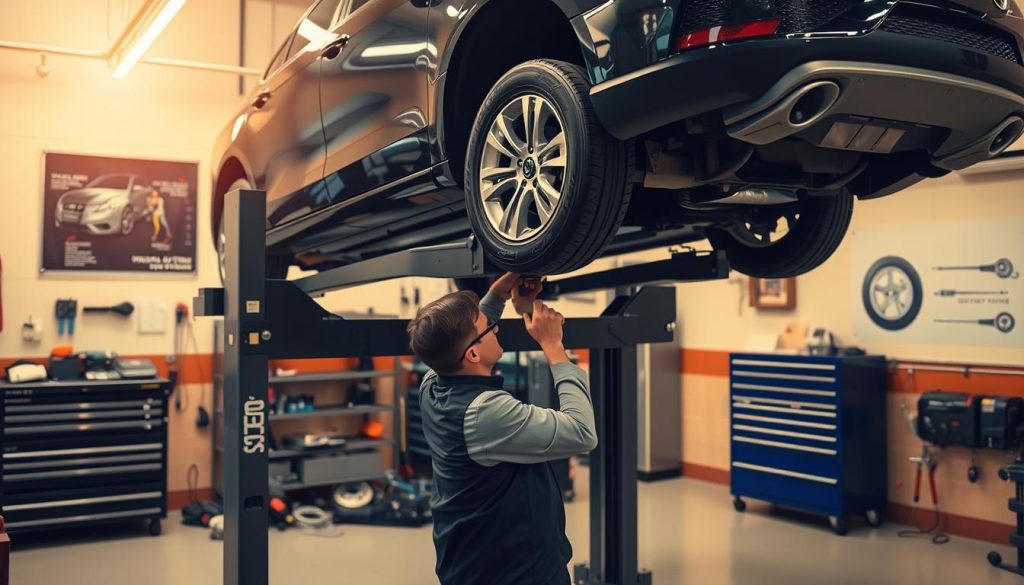
Regular Alignment Check Schedule
To maintain your vehicle’s alignment, it’s recommended to include alignment checks in your routine maintenance schedule at least annually, or as suggested by your vehicle’s manufacturer. If you frequently drive on rough roads, consider increasing the frequency of these checks. Staying vigilant for signs of misalignment, such as uneven tire wear or the vehicle pulling to one side, is also important. Always check alignment after incidents that could affect the suspension, like hitting a curb or being in an accident.
Driving Habits That Preserve Alignment
Adopting protective driving techniques can significantly minimize alignment damage. To preserve your vehicle’s alignment, avoid potholes and road hazards whenever possible. Refrain from hitting curbs with your tires, manage your vehicle’s load to prevent suspension stress, and handle your vehicle gently by easing into acceleration, braking, and turning. These practices not only help maintain alignment but also contribute to overall vehicle reliability.
When to Seek Immediate Alignment Inspection
Certain situations warrant immediate alignment inspection to prevent further damage and ensure safety. If you hit a significant road hazard, experience a minor collision, or notice sudden changes in your vehicle’s handling, it’s crucial to have your alignment checked. Additionally, seasonal changes in road conditions may necessitate extra checks to maintain your vehicle’s alignment and overall performance.
By following these guidelines and being mindful of your driving habits, you can significantly extend the life of your tires, suspension components, and steering systems, while also improving fuel economy and driving comfort. Regular alignment maintenance is key to a safer driving experience and reduced long-term ownership costs.
Conclusion: Ensuring Safety and Performance with Proper Alignment
Following a collision, verifying that your vehicle’s alignment is proper is essential for maintaining its performance, safety, and longevity. Proper vehicle alignment is crucial for ensuring that your car handles correctly and that tire wear is evenly distributed.
Key signs of alignment issues include uneven tire wear, the vehicle pulling to one side, and an off-center steering wheel. It’s critical to have a professional assessment to identify any misalignment, as DIY checks may not be sufficient to detect all issues.
- Proper alignment ensures safety on the road by maintaining your vehicle’s handling and responsiveness.
- Regular alignment checks can prevent more costly repairs down the line by protecting other vehicle components.
- Choosing a qualified professional for alignment services is vital, especially after collision damage.
By incorporating alignment checks into your regular maintenance routine, you can enhance your vehicle’s overall driving experience, improve fuel efficiency, and prolong its lifespan. If you’ve been in an accident, don’t hesitate to have your vehicle’s alignment checked by experts.
At Miracle Body and Paint Collision Center, our experts are equipped to assess and repair any alignment damage to your vehicle. Trust us to restore your car’s performance and safety. Contact us today to schedule your appointment.
Choose Miracle Body and Paint Collision Center for Expert Alignment Services
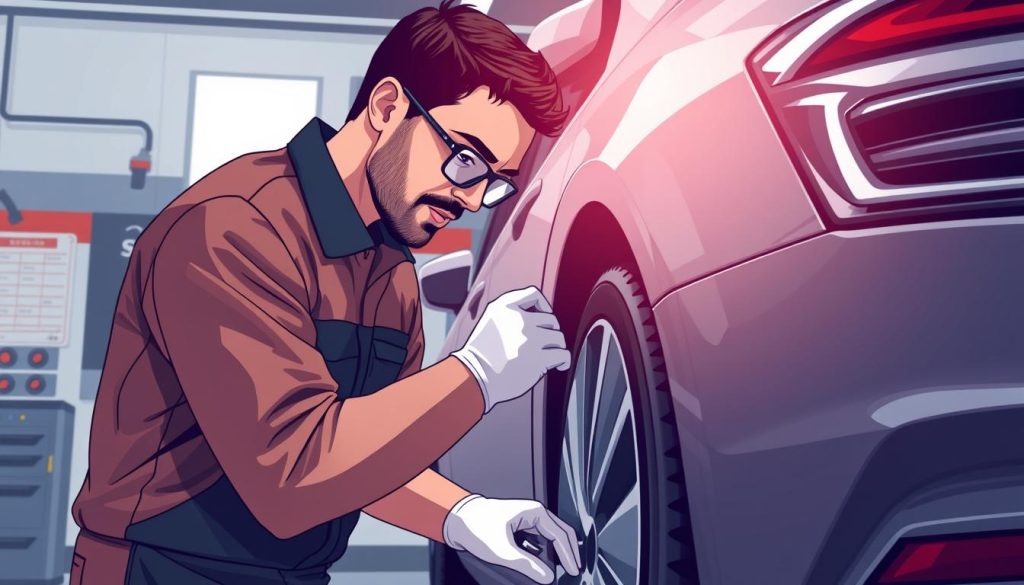
When it comes to expert alignment services after a collision, Miracle Body and Paint Collision Center stands out as San Antonio’s premier destination. Our specialized expertise in addressing accident-related alignment issues sets us apart from standard service centers.
Our comprehensive alignment assessment process goes beyond standard checks to identify and correct collision-specific damage to suspension, steering, and frame components. We utilize state-of-the-art alignment equipment and diagnostic technology to restore your vehicle to manufacturer specifications with precision that exceeds industry standards.
Our technicians are specially trained in post-collision alignment correction and are adept at identifying subtle alignment issues that might be missed elsewhere. We commit to thorough post-repair verification, including road testing and follow-up checks to ensure alignment corrections remain stable over time.
With two convenient locations in San Antonio, we make expert alignment services accessible to residents throughout the area. Our streamlined insurance claims process helps customers navigate coverage for alignment repairs following collisions.
For expert alignment services following any collision, no matter how minor it might seem, contact Miracle Body and Paint Collision Center. Visit us at our North West San Antonio (Leon Valley) location at 6217 Grissom Rd., San Antonio, TX 78238, or call us at (210) 680-1987. We look forward to serving you.

